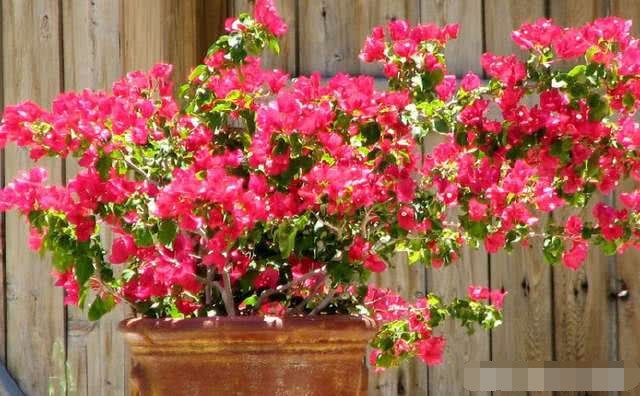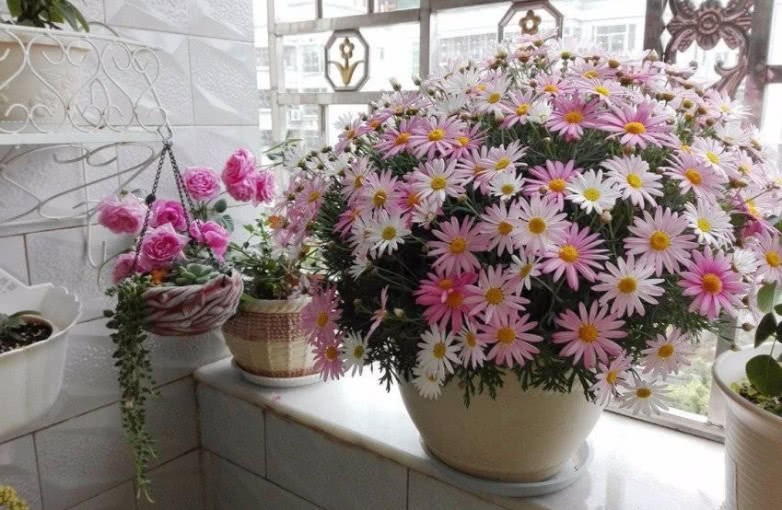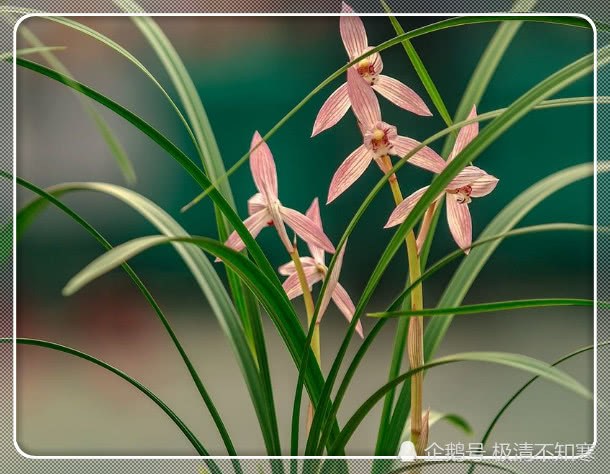Only in this way can the triangular plum blossom with luxuriant leaves and blossoms for a long time.

Pueraria lobata is a common ornamental plant, which likes the warm and humid climate, is not hardy, and prefers the environment with plenty of light. The vitality of Pueraria lobata is very strong, easy to raise, the flowering period is long, the flowers are large and beautiful, and the purplish red is full of passion. Friends of bougainvillea began to sprout, how to water and fertilize in the future? Bougainvillea can be raised like this. It is blooming. The flowering period is very long!
The germination time of Pueraria lobata
The germination of Pueraria lobata is still relatively early. Usually, the temperature reaches 15 degrees. After 30 days, the root can grow and grow. If there is frost damage in winter, you need to wait until 20 degrees to take root. If the winter temperature is too low, kudzu will drop, and before it will sprout new leaves, the temperature of the party will rise to more than ten degrees.
Matters needing attention in germination and watering of Pueraria lobata
Pueraria lobata is still in great demand for water. If the air humidity is not enough, it will drop. In spring, with the growth of bougainvillea, we must make sure that there is enough water. It should always spray water around the leaves of Pueraria lobata to increase the humidity of the air. Water it once after the sun goes down in the afternoon. As long as the soil stays moist, the temperature in autumn will be cool. In winter, Pueraria lobata should be watered, and if the soil is not dry, it will not be watered. Pueraria lobata should control moisture 4-5 weeks before flowering. After watering, it is necessary to wait until the leaves or buds droop and then water, which is conducive to the differentiation and formation of Pueraria lobata buds. After thanking Pueraria lobata, you should drink less water, otherwise if it is too wet, the soil will cause leaves and even roots to rot.
Preventive measures for germination and fertilization of Pueraria lobata
Kudzu likes fertilizer. After germination, adequate nutrition must be ensured to promote the strong growth of Pueraria lobata. Nitrogen and potassium fertilizers are applied every 5-7 days. Pay attention to the application of thin fertilizer. Fertilizer can be used up to 10%. 20% organic fertilizer such as rotten bean cake, rapeseed cake water or human feces water. The leaf surface of Pueraria lobata can be sprayed 2-3 times with 1RV 1000 potassium dihydrogen phosphate solution. Pueraria lobata should reduce the amount of fertilizer applied in autumn and stop fertilization in winter.
Pueraria lobata sprouted
After the kudzu sprouts, it is necessary to get more sunlight so that the buds can grow faster. More sunlight can prevent Kudzu from growing up. As long as there is sunshine in the house, let Jiuzhong Kudzu bask in the sun, not afraid of dying in the sun, afraid of dying.
Preventive measures for germination and pruning of Pueraria lobata
After kudzu sprouts, we know which dead branches are dead, and flower buds can prune dead and dead branches so that they can concentrate new branches. In the growth process of Pueraria lobata, if there are long branches, it must be pruned in time, so that multiple lateral buds can bloom more. Bougainvillea is very long and changes the basin every year or two. When replacing the basin of Pueraria lobata, cut off some of the old roots, then fill in the new soil, cut off some branches that are too dense and long, and cut off the horizontal branches. It is necessary to pick the heart from July to August to control the growth of Pueraria lobata and promote the formation of buds.
- Prev

These flowers bloom almost all the year round and are easy to raise. Don't miss the balcony that can burst your balcony.
Hello, everyone. The three kinds of flowers introduced to you today are not only easy to raise, but also bloom continuously throughout the year. They are very good-looking. Lazy people, don't miss them, because they can be very easy to open the pot. You see, the first one is, Margaret.
- Next

Orchids can only grow stronger and stronger in the rain, but this is one thing to pay attention to.
Recently, some flower-growing friends asked such a question, can orchids be caught in the rain? No matter we take care of any flowers, we can only be sensible and sensible, and we also need to know why. Only in this way can we take better care of the flowers.
Related
- Wuhan Hospital Iron Tree Blooming Result Was Instantly Frightened by the Gardener Master
- Which variety of camellia is the most fragrant and best? Which one do you like best?
- What is the small blue coat, the breeding methods and matters needing attention of the succulent plant
- Dormancy time and maintenance management of succulent plants during dormancy
- Minas succulent how to raise, Minas succulent plant pictures
- What are the varieties of winter succulent plants
- How to raise succulent plants in twelve rolls? let's take a look at some experience of breeding twelve rolls.
- Attention should be paid to water control for succulent plants during dormant period (winter and summer)
- Watering experience of twelve rolls of succulent plants
- Techniques for fertilizing succulent plants. An article will let you know how to fertilize succulent plants.

